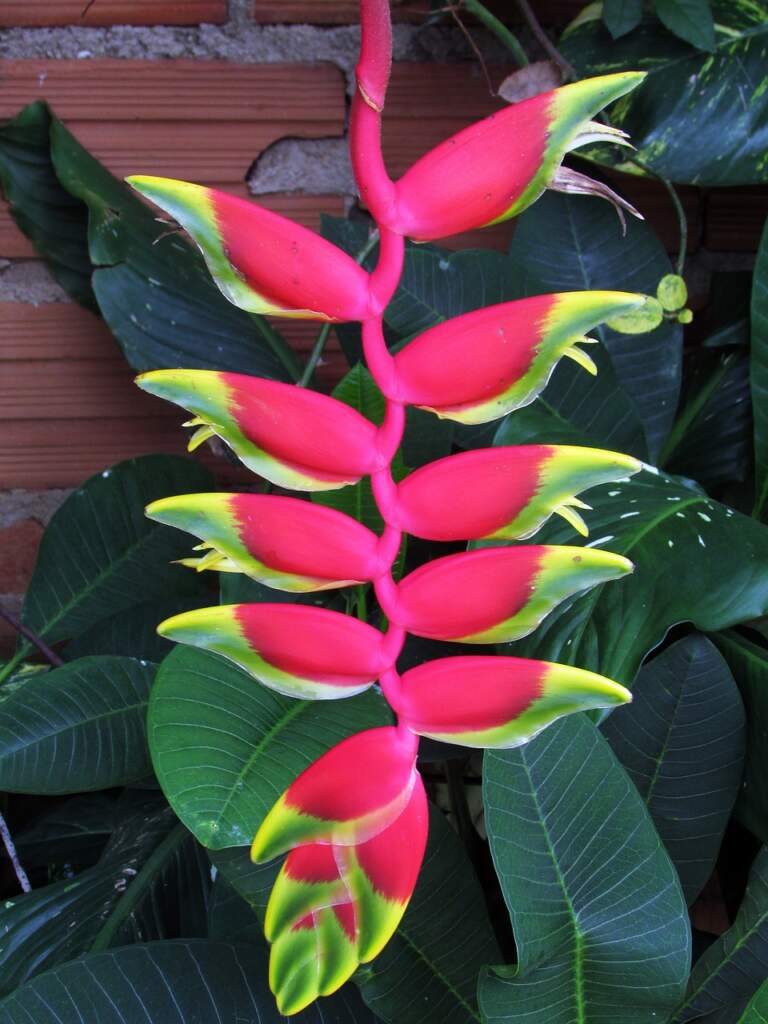
The Caribbean, with its vibrant culture and stunning natural beauty, is not only home to breathtaking beaches and diverse marine life but also a treasure trove of flora. The tropical climate and rich soils of these islands have given rise to a multitude of unique plant species. While some of these have been embraced by gardeners and plant enthusiasts worldwide, others remain relatively undiscovered outside of their native habitats.
The Caribbean, with its mosaic of islands and rich biodiversity, has a deep and enduring relationship with its flora. Plants have always been more than just passive components of the landscape; they have been active players in the cultural, historical, and daily lives of the Caribbean people.
- Spiritual and Symbolic Importance: Plants have held significant roles in spiritual and religious practices across the islands. The Ceiba tree, for example, is sacred to many indigenous groups and is believed to connect the realms of the living and the spirits. Ritualistic ceremonies often incorporate specific plants as symbols of prosperity, protection, and connection to ancestors.
- Medicinal Value: The diverse flora of the Caribbean has provided a treasure trove of natural remedies. Traditional healers, often revered figures in their communities, possess knowledge passed down through generations about the healing properties of various plants. From the bark of the Lignum Vitae for inflammation to the leaves of the Gumbo Limbo tree for skin ailments, nature’s pharmacy has been at the forefront of Caribbean holistic health.
- Economic Impact: Beyond spiritual and medicinal roles, plants have been economic pillars. The sugarcane plantations of the past, while a dark reminder of colonialism and slavery, also underscore the region’s historical reliance on plant-based industries. Today, spices like nutmeg and cloves, fruits like bananas and coconuts, and beverages like coffee and rum, rooted in the region’s agriculture, continue to play a substantial economic role.
- Culinary Traditions: The Caribbean’s rich culinary tapestry is woven with threads from its flora. Ingredients like yam, cassava, and plantains are foundational. Spices, herbs, and fruits native to the region add distinctive flavors, making Caribbean cuisine a delightful reflection of its natural bounty.
- Art and Craft: Plants inspire Caribbean art and craftwork. The vivid colors of flowers, the textures of barks, and the shapes of leaves have influenced patterns in textiles, paintings, and carvings. Materials like bamboo and palm leaves are integral to craft traditions, from basket weaving to hut construction.
In essence, plants are tightly woven into the fabric of Caribbean history and culture, a testament to the islands’ innate ability to live in harmony with nature, celebrating its gifts at every turn.
Let’s delve into some of the Caribbean’s native houseplants that are rarely found elsewhere:
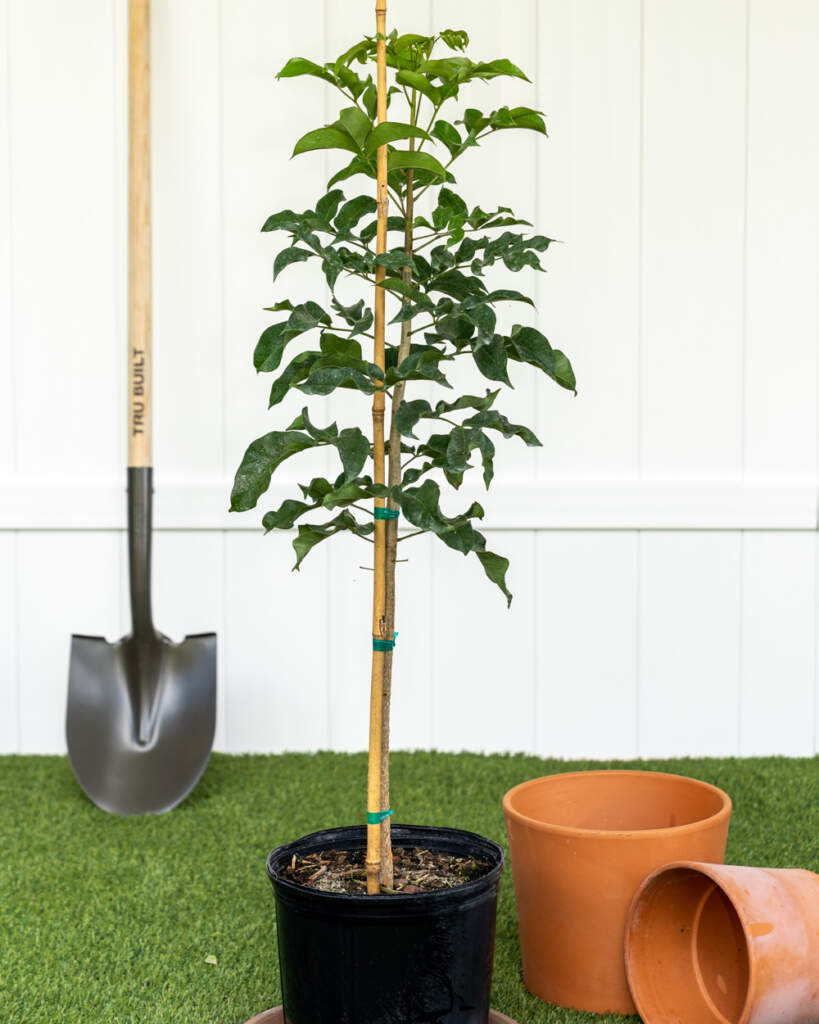
Gumbo Limbo Tree
Bursera simarumba (Gumbo Limbo)
The Gumbo Limbo, aptly nicknamed the “Tourist Tree” due to its red, peeling bark that humorously resembles sunburned skin of tourists, is an iconic native of the tropical regions of the Americas, particularly the Caribbean,.
Scientifically named Bursera simaruba, this tree stands tall and sturdy, often reaching heights of 50 to 60 feet. The Gumbo Limbo has been historically invaluable to indigenous communities. Its lightweight yet resilient wood was commonly used in construction, including the making of canoes. The tree’s resin, known as ‘gum elemi’, has been tapped and used both as glue and incense.
Medicinally, the Gumbo Limbo’s resin and leaves have played a role in traditional remedies for a range of ailments, from skin disorders to internal problems. The bark, rich in tannins, was boiled and consumed as a treatment for general pain and inflammation.
Dwarf Jamaican Heliconia
Heliconia Stricta (Dwarf Jamaican Heliconia)
The Dwarf Jamaican Heliconia, scientifically known as Heliconia stricta, is a captivating member of the Heliconia genus, which graces the world with its radiant inflorescence and tropical appeal. While the Heliconia genus finds its roots across Central and South America, the Dwarf Jamaican variant, as the name suggests, has a strong connection to the Caribbean, particularly Jamaica.
With its smaller stature, this particular Heliconia often reaches only about 3 to 5 feet in height, making it ideal for gardens with limited space. However, its size doesn’t diminish its beauty. The plant is adorned with vibrant red bracts, which elegantly house delicate yellow or green flowers.
Historically, Heliconias, including the Dwarf Jamaican variety, were held in high esteem by indigenous communities across the Americas. Their vibrant bracts were used in decorative and ceremonial purposes. Furthermore, because of their nectar-rich flowers, these plants played a pivotal role in ecosystems, supporting hummingbirds and other pollinators.
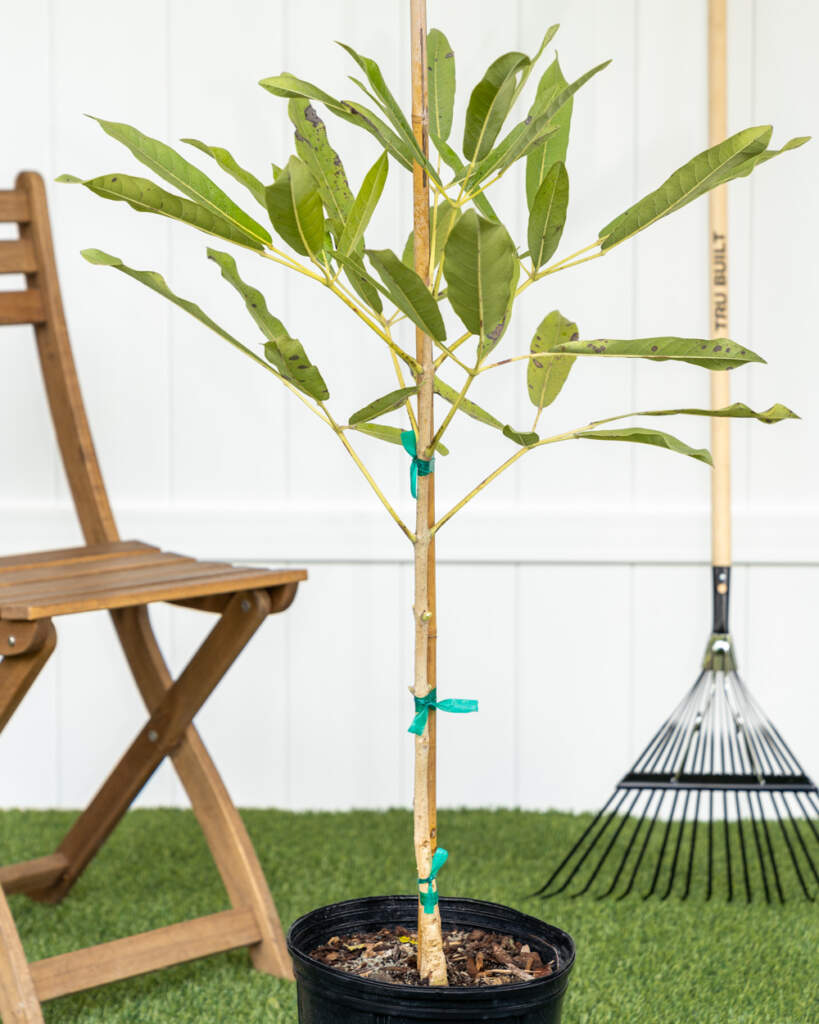
Pink Tabebuia Trumpet Tree
Tabebuia heterophylla (Pink Trumpet Tree)
Historically, the indigenous communities of the Caribbean have had a profound connection with this tree. Its beauty was celebrated in local rituals and stories, while its timber, being sturdy and resistant to decay, was employed for various construction purposes.
However, it’s the annual burst of color that makes the Pink Trumpet Tree truly legendary. As spring approaches, the tree sheds its leaves, making way for a vibrant display of pink blossoms. This spectacular floral show has often been equated to the famous cherry blossoms of Japan in its beauty and allure.
Beyond its historical and cultural significance, the Pink Trumpet Tree has made its way to various parts of the world as an ornamental plant. Its resilience to different weather conditions and its ability to adapt have made it a favored choice for urban landscapes and gardens.
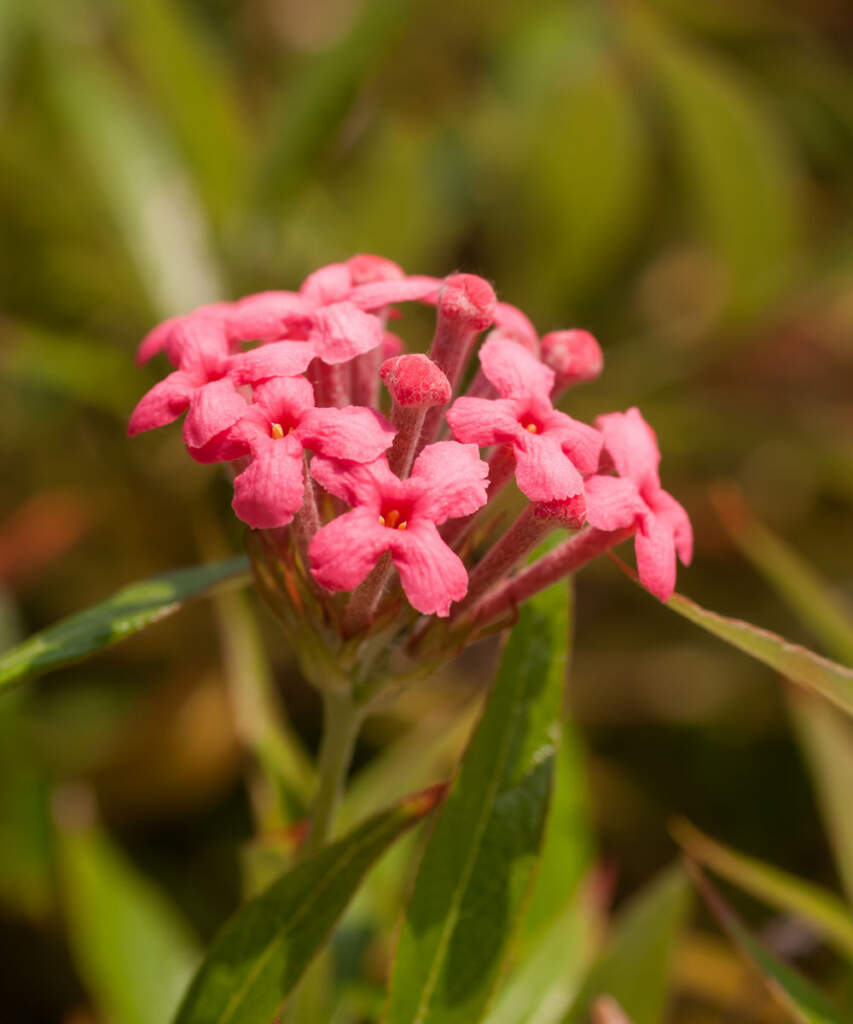
Rondeletia leucophylla, Panama Rose
Rondeletia leucophylla (Panama Rose)
The Panama Rose, scientifically known as Rondeletia leucophylla, is a fragrant shrub that hails from the tropical regions of the Caribbean and Central America, especially Panama, as its name suggests. Characterized by its clusters of small, tubular pink flowers, this plant not only pleases the eyes but also offers an olfactory delight, especially during the evenings when its scent becomes more pronounced.
Historically, the Panama Rose has been cherished by the indigenous communities of Central America. Its vibrant blooms have often been incorporated into local ceremonies, and traditional tales have woven narratives around its fragrant blossoms. The sweet scent, reminiscent of a blend of vanilla and cinnamon, was believed by some indigenous cultures to have calming properties, and thus, the plant found its way into various local medicinal practices.
Over time, the allure of the Panama Rose spread beyond its native region. Garden enthusiasts around the world were captivated by its dual charm of beauty and fragrance. As a result, it has been introduced to tropical and subtropical gardens globally, adding a touch of mystique.
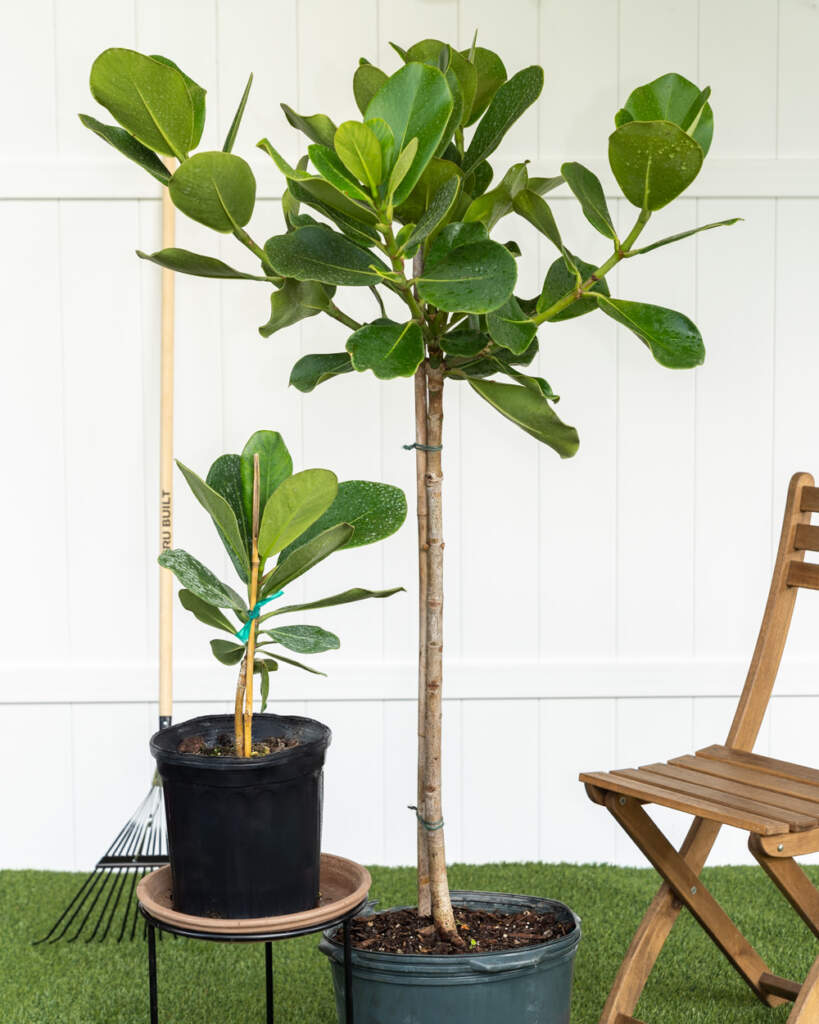
Clusia rosea
Clusia rosea (Autograph Tree)
The Clusia rosea, commonly referred to as the “Autograph Tree” due to its thick leaves where names and messages can be inscribed, is an iconic plant native to the Caribbean. With its broad, dark green leaves and characteristic pink flowers, this evergreen species has been a staple in the landscapes of its native regions for centuries.
Historically, the Clusia rosea has played a multifaceted role in the Caribbean. Indigenous peoples utilized the tree for various purposes; its sap was used in traditional medicines, while its resilient wood was fashioned into tools and artifacts. Furthermore, its unique leaves, which can retain inscriptions for long periods, were used for communication, art, and ceremonial practices.
The Clusia rosea is not just historically significant; it also has ecological importance. Its ability to thrive in diverse conditions, from rocky terrains to coastal areas, has made it a critical component of its native ecosystems, offering shelter and sustenance to various wildlife.
In recent times, the tree’s adaptability and striking appearance have made it a favorite in tropical gardens worldwide. The Clusia rosea, with its rich Caribbean heritage and undeniable aesthetic appeal, stands as a testament to nature’s ability to weave history and beauty into a single entity.
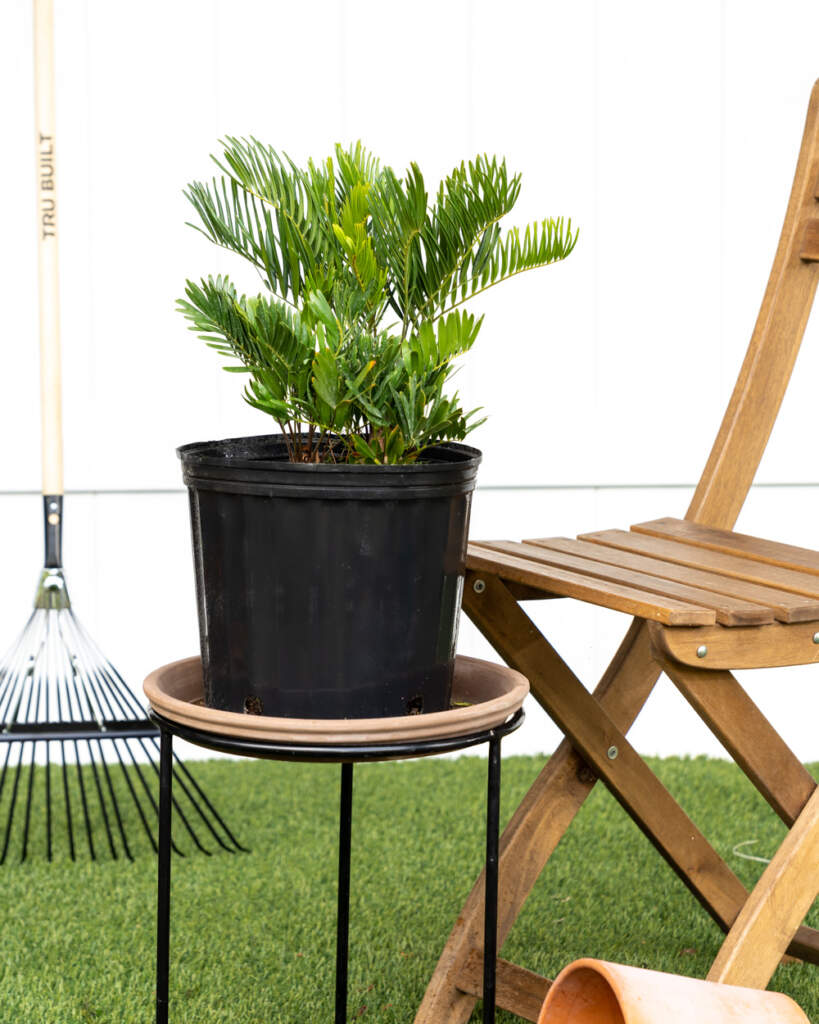
Florida Coontie
Zamia pumila (Coontie Palm)
Though commonly referred to as the Coontie Palm, Zamia integrifolia is not a palm at all but a cycad, one of the planet’s oldest seed-bearing plants with ancestors dating back to the time of the dinosaurs. Native to the southeastern United States, especially Florida, as well as parts of the Caribbean, the Coontie boasts dark green, fern-like leaves and serves as a living relic of bygone eras.
Historically, the Seminole and other indigenous tribes of Florida relied on the Coontie for sustenance. They processed its large root to extract a starchy substance, which was then made into a type of flour called “Florida Arrowroot”. This flour became a staple, though the extraction process was labor-intensive and required careful preparation to remove natural toxins.
Beyond its culinary use, the Coontie Palm has played an essential role in local ecosystems. It serves as the primary food source for the Atala butterfly caterpillar, a once nearly extinct species that has seen resurgence partly due to increased planting of Coonties in Florida landscapes.
Today, while less utilized for its starch, the Coontie is celebrated for its historical significance and its role in local ecology. It thrives as an ornamental plant, adding ancient charm and a touch of prehistoric beauty to gardens.
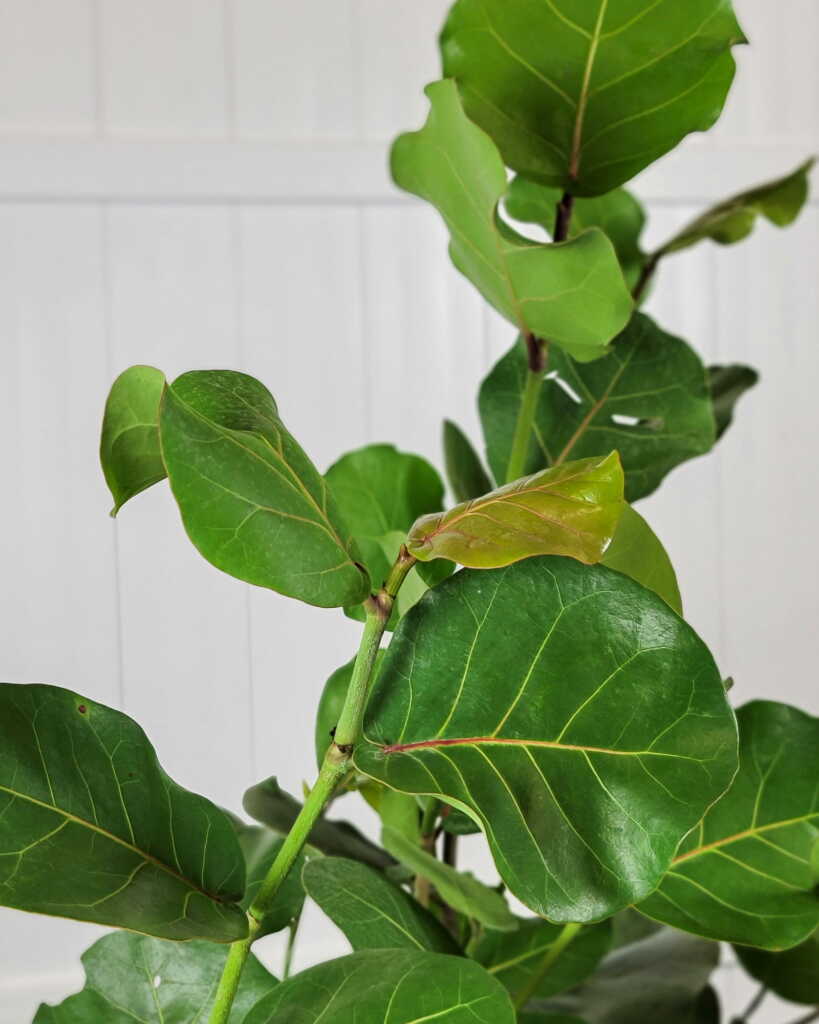
Sea Grape
Coccoloba uvifera (Seagrape)
The Seagrape, scientifically known as Coccoloba uvifera, is a picturesque plant most commonly associated with the sandy shores of tropical and subtropical regions. Its name is derived from its grape-like clusters of fruit, which hang gracefully from the tree. But its appeal isn’t limited to its fruit; the Seagrape’s large, round leaves—sometimes spanning up to 8 inches across—offer shade and are easily recognizable by their bright green color and prominent red veins.
Originating in the coastal areas of the Caribbean and Central and South America, the Seagrape has long been a symbol of tropical beach landscapes. Its natural salt tolerance, coupled with an ability to thrive in sandy soils, has made it an ideal plant for stabilizing coastlines and preventing beach erosion.
Historically, Seagrape holds significance beyond its ornamental value. Indigenous peoples utilized every part of this versatile plant. The fruit, when ripe, offers a sweet and slightly tart flavor and can be eaten raw or transformed into jellies, wines, and other delicacies. Its large leaves served as impromptu plates or wrappers for food, while the wood, being hardy and durable, was used in construction and to create tools.
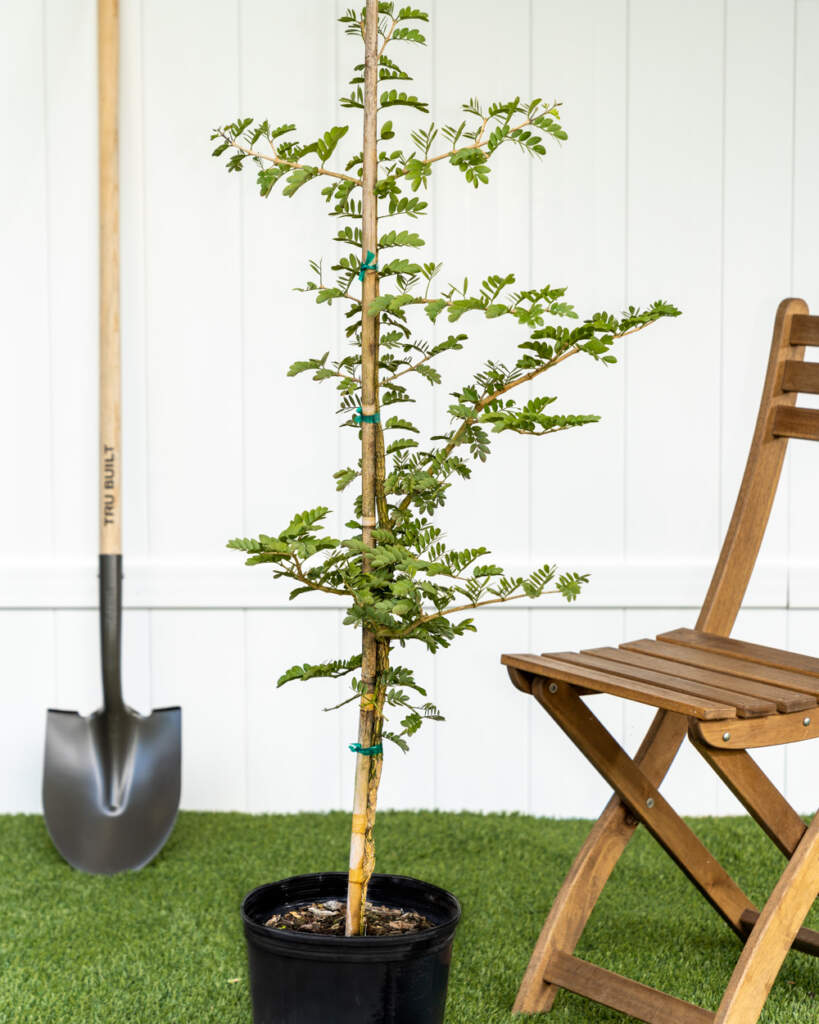
Lignum vitae ‘Sanctum’
Guaiacum sanctum (Wood of Life)
Lignum Vitae, whose Latin name translates to “wood of life,” stands as a testament to the durability and significance of nature. Scientifically known as Guaiacum sanctum, this tree is native to the tropical regions of the Americas, particularly the Caribbean.
The Lignum Vitae is not only celebrated for its beautiful blue-purple flowers but is renowned for its incredibly dense and resilient wood. Historically, this wood was highly sought after for its unique combination of strength, toughness, and resistance to moisture and salt, making it an invaluable resource for shipbuilding, especially for ship propeller bushings and bearings. In addition, due to its self-lubricating nature, it was used in many other industries, including the making of bowling balls, tool handles, and pulley wheels.
But its value wasn’t limited to construction. The Lignum Vitae tree also had medicinal importance. Indigenous peoples of the Caribbean used its resin as a remedy for a variety of ailments, from arthritis to colds, earning it its evocative name.
The Caribbean’s rich botanical heritage offers a world of discovery for plant aficionados. Many of its native species remain lesser-known in global horticultural circles, offering an uncharted territory for those looking to enrich their collection with uncommon specimens. These plants not only stand as a testament to the region’s diverse ecology but also serve as ambassadors of the Caribbean’s unexplored botanical tales. As with any plant, if you’re lucky enough to procure one of these rarities, ensure you provide the care and conditions it needs to thrive.
Want to learn about more plants from all over the world? Click Here


